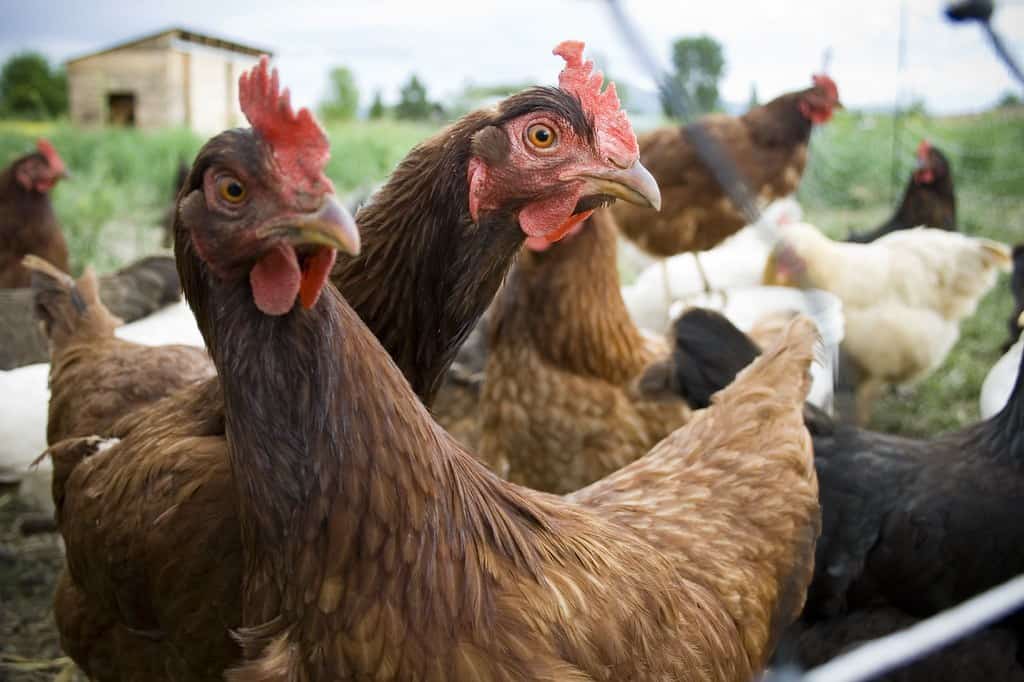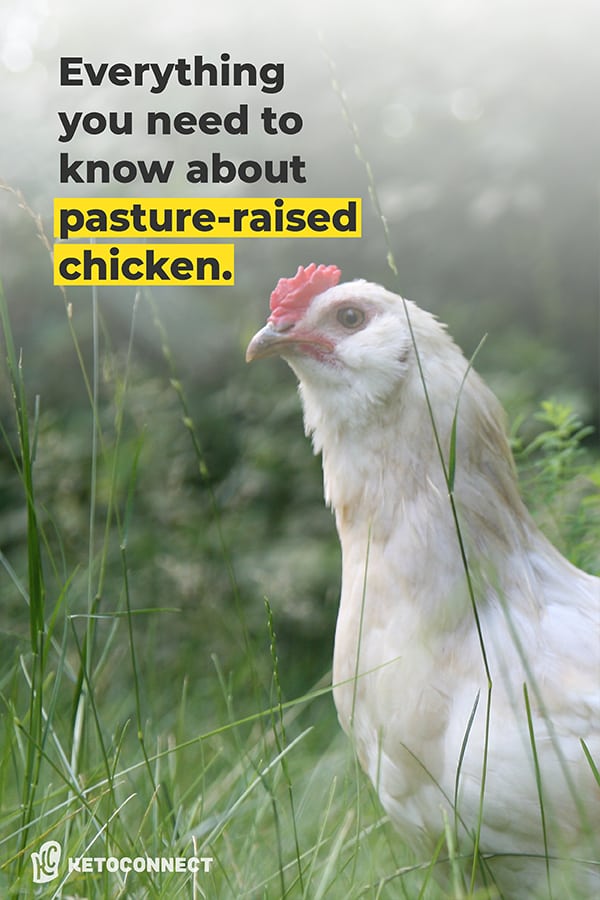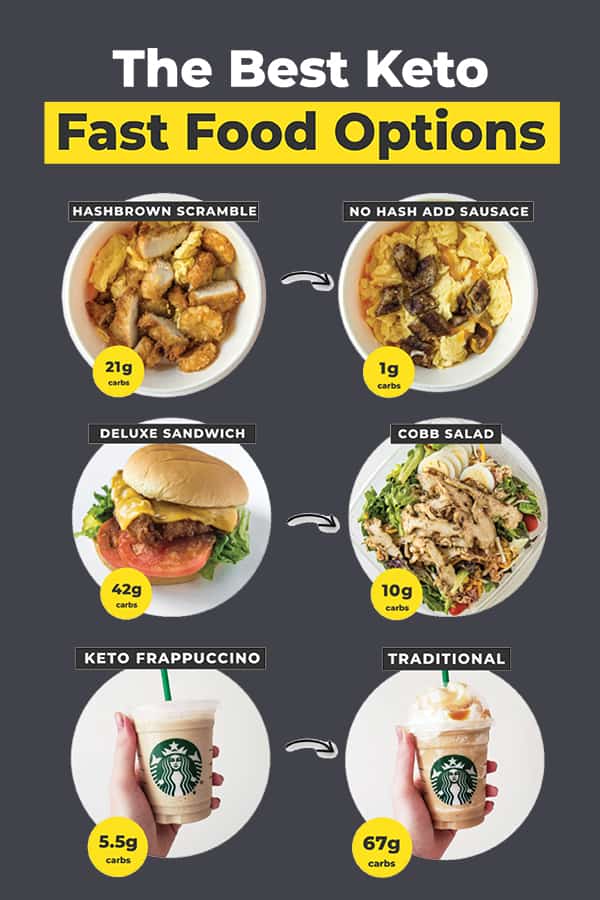
Medium, x-large, cage free, organic eggs, omega-3 enriched, 100% pasture raised eggs—just when you thought eggs were just eggs, you’ve been sideswiped by the dozens of labels scattered all over egg cartons.
Let’s be real for a minute, choosing eggs can be just as difficult as choosing what you want on a menu where everything sounds delicious. Based on all the available research around the benefits of pasture-raised and grass-fed meat, it’s time to give pasture raised eggs some of the attention they deserve.
If you struggle with figuring out the healthiest option for eggs, we’re giving you the low down on what you need to know about pasture-raised eggs, so next time you walk through the supermarket you can walk through the egg section confident and know you’ll take the pasture raised variety, please and thank you!
Why cage-free matters
We know you care about your health, so you want to be consuming the best of the best when it comes to food (within reason). We all know that happier animals produce better quality meat, and their living conditions are not only important for health of the animal, but also our health.
Eggs are where people often get misled and confused by the dozens of marketing tactics used by producers to convince us that their chickens are raised well and their eggs are the best. But in terms of cage-free, it’s something you want to guarantee with whatever eggs you’re buying.
Confined spaces are not only against animal welfare regulation for chickens, but these small spaces severely disrupt the laying process and can cause the chicken tremendous pain. There are many alternatives to traditional cages including barn systems, aviary systems, “enriched cages”, and of course certified pastures.
So, cage-free is of course better than caged. And this matters not just at a production level, but also when it comes to individuals’ spending decisions about eggs. You are in control of who you choose to support, both for the environment, animal welfare, and your health (we’ll cover the health benefits of pasture-raised eggs more below).
Deciphering the terminology
If you look at any grocery store shelf, whether it’s the dairy and egg section or meat and frozen foods, you’re literally bombarded by hundreds of labels and terms, and sometimes, it can be hard to know the difference. Not to mention they’re completely misleading, so shoppers that likely know nothing or very little about the small number of organizations that produce most of these foods and police the food producers that use them are essentially tricked.
So, what’s one to make of all these labels?
There are a couple of basic facts to know regarding food labeling. Most are these labels are issued by three non-profit groups in the United States—the American Humane Association, Humane Farm Animal Care, and A Greener World—all of whom set their own standards for required farm practices to obtain that certification. And food manufacturers pay fees to use each of these labels.
But in addition to these terms, you also have Federal organic regulations like the USDA that set standards for animal care, but in most cases they’re substantially more lax than those of private certification groups.
The problem, however, is that the federal government has no rules for using terms like “humane” or “free-range.” Just because the carton says that doesn’t necessarily mean the chicken lived a better life than chickens from a farm that used cages; there’s very little consistency and regulation in these areas, which leads to even more confusion among consumers.
In light of that, let’s dig a little deeper into what these terms actually mean.

What’s in a term?
The different names you see on eggs are generally indicative of the environment that the hens have been raised in–cages, barns, pasture, etc.)–and how much space they had. Some of the labels you’ll see on egg cartons are regulated by the USDA, but Humane Farm Animal Care (HFAC), a non-profit certification organization dedicated to improving the lives of farm animals, has developed a more detailed guideline to help you decode egg cartons.
1. Pasture-raised
Pasture-raised eggs are basically the best you can get, both for the chickens and the eggs. Typically, we think of pasture-raised products as living completely natural and biologically-appropriate lives, which is most often correct. However, as with other practices, pasture-raised agriculture is not regulated by the USDA due to issues with several variables involved in pasture-raised agricultural systems.
According to Certified Humane status and Certified Animal Welfare Approved, pasture-raised birds must be raised in a space where they are given 108-square feet per bird; they are allowed to feed on grass, bugs, worms, and anything else that can be foraged in the dirt.
American Humane Certified pasture-raised eggs are the gold-standard for eggs. It is a third-party animal welfare certification program administered by the American Humane Association that is awarded based on audited compliance with comprehensive standards.
This certification, specifically, requires a minimum of 2.5 acres per 1,000 birds, which also meets AWI’s standard for pastured eggs. Although outdoor access is not required for egg-laying hens under the seal of Certified Humane, it still offers an additional certification to designate free-range and pasture-raised hens. They also mandate that the “free range” designation requires daily access to an uncovered outdoor area providing a minimum of 2 square feet per bird.
Pasture-based organic is another option, whereby family farms house flocks of laying hens in mobile chicken coops, which are regularly rotated throughout the pasture. The hens are allowed to roam freely, so chickens rarely have access to the same pasture for lengthy periods of time.
On these farms, chickens are free to exhibit their natural behaviors, foraging, scratching, and having room to act as chickens naturally do. Additionally, hens get a percentage of their natural diet from fresh grass, earthworms, seeds, and insects, which contributes to higher quality and more nutritious eggs.
2. Organic
We’ve always held organic to a pretty high standard, and when it comes to organic eggs, this certification is no different. The organic label is regulated by the USDA, and according to them, the organic seal denotes that the food has been produced through approved methods that “integrate cultural, biological, and mechanical practices that foster cycling of resources, promote ecological balance, and conserve biodiversity.”
Organic practices do not include the use of synthetic fertilizers, sewage sludge, irradiation, or genetic engineering. The problem with many of these labels, even organic, is that they’re not strictly mandated by the USDA, so a carton can say “organic,” “free-range,” or “cage-free,” which indicates the hens have ‘access’ to outdoors, but it doesn’t indicate how much space they actually have.
Fortunately, organic farmers in the US must provide some outdoor access—the amount is highly debatable—and they also must be cage-free. In addition, they are restricted from using any synthetics on their birds (amino acids, antibiotics, hormones, etc.), which also raises concerns over animal welfare, as denying a chicken antibiotics when sick causes suffering to the animal.
At the end of the day, organic eggs don’t provide substantially better nutrition than a regular, free-range egg, but purchasing organic is still preferred over caged.
You can see more about the differences in organic labelling, specifically 100% organic label vs. organic label, here.
3. Free-range
Free-range is also a term regulated by the USDA that sometimes goes along with the organic label, and denotes that hens were given continuous access to the outdoors during their production cycle. However, what it doesn’t guarantee is that the hens actually stepped foot outside, but rather they had an option to do so.
It may be a step above cage-free eggs, but according to NPR, there’s little consistency for what outdoor access actually means. Most birds in commercial egg facilities never actually go outdoors, so free-range and cage-free mean pretty much the same. Unlike poultry, egg production has little government oversight, so most of it is left up to the interpretation of farmers.
However, in order to obtain the free-range and certified humane label, hens must have a minimum of 2-square feet of outdoor space per bird.
4. Cage-free
Cage-free is a label you’ll see all over. It is regulated by the USDA and means exactly as it suggests: birds are allowed to move freely within the building and have unlimited access to food and fresh water throughout their life.
However, the USDA doesn’t regulate space requirements for birds characterized under cage-free. In order to achieve the Certified Humane status, birds must be provided 1.5 square feet of space per hen; indoor farming systems are required to provide litter for dust bathing, high air quality standards, perching so the birds have their behavioral and physiological needs met, and a minimum eight hours of continuous artificial light and/or daylight with a minimum of six hours of continuous darkness.
Additionally, ammonia levels must not exceed 10ppm; high levels of ammonia cause burns on hen feet that frequently lead to pain and bacterial infections.
5. Omega-3 enhanced
Omega-3 enriched eggs are a marketing claim that has no relevance to animal welfare standards. The claims indicate that hens were raised on a diet supplemented with omega-3 enriched feed—usually in the form of flaxseed, algae, or fish oil–and the resulting eggs are higher in omega-3 fatty acids. In terms of living conditions, they usually fall under cage-free or free-range.
6. Conventional or caged
This is basically the lowest certification standard for eggs and should be avoided whenever possible. Hens are raised in cramped conditions and confined to battery cages for the entire duration of their life. They have no access to the outdoors and are fed a diet of corn and soy. Roughly 97% of eggs in the US are from hens that are caged for their entire egg-laying lives in cages that are less than one square foot and hold anywhere from 5-10 birds per cage.

The benefits of pasture-raised eggs: happy chickens produce healthier eggs
The nutritional differences between the eggs of chickens raised in cages, free-range, or pastures is rarely a topic of discussion, but like meat, pasture-raised eggs actually offer quite a different nutritional profile (not to mention they taste way better).
A 2011 study looked at the difference between free-range eggs vs. conventional caged eggs in terms of nutrient composition; the flocks used were from the same strain, hatched simultaneously, received the same supplemental feed, with the only difference being access to the range. Here’s what they found:
- The free-range eggs yielded higher total fat, monounsaturated, and polyunsaturated fat content than the eggs produced by caged hens
- Omega-3 levels were higher in free-range eggs compared to caged eggs at 84.5 mg/50g to 70.50mg/50 g respectively
- Vitamin A and E levels of the eggs were not influenced by housing type in this study
- Cholesterol levels did not differ between caged eggs and free-range eggs
- Beta-carotene levels were higher in the free-range eggs, which may also result in increased levels of lycopene, lutein, and zeaxanthin (antioxidants)
Researchers hypothesized that access to insects may be a contributing factor to the higher fat quantity seen in the free-range eggs. So if you’re looking at pasture-raised eggs, it would only make sense that these eggs are even more nutrient-dense than free-range.
Here’s where things get interesting where pasture-raised eggs are concerned. Research shows that a pasture-raised egg contains more than twice as much omega-3 fatty acids, three times more vitamin D, four times more vitamin E, and a whopping seven times more beta-carotene than eggs from hens raised on traditional feed (corn and soy).
From an agricultural standpoint, pasture-raised eggs are superior to large-scale egg operations, but from a nutritional standpoint, they don’t even rank on the same chart.
From an outside perspective, apart from the odd blue egg here and there, brown free-range eggs and brown eggs from certified pasture-raised hens may look the same, but crack it open and there’s a world of difference.
The deep yellow-orange color of the yolk from a pasture-raised egg is nearly impossible to find in a conventional or cage-free egg, which is where most the nutritional differences extend from. And the taste? That’s a whole other ball game.
The Best Keto Recipes Using Eggs
Here at KetoConnect we pride ourselves on creating the most delicious keto friendly recipes. Eggs are one of our favorite ingredients to use due to their flexibility.
You can create amazing savory meals with eggs as the focal point, or you can make some of the best desserts. There is really no ingredient as versatile as an egg. Here is a collection of some of our favorite keto recipes that use eggs:
- The Best Keto Bread Recipe
- Keto Custard
- Classic Keto Waffles
- Keto Pasta
- Keto Peanut Butter Cookies
- 3 Ingredient Egg Loaf
Final thoughts
Pasture-raised eggs are not only better from an environmental perspective, but they offer substantially greater nutrition for you. And when you’re on a keto diet (or frankly any diet) nutrient density is where you want to put your focus.
Navigating the slew of labels thrown at you at the grocery store can be a challenge, but whenever possible, talk to farmers, store owners, or even friends and family who care about where their food is coming from. Remember, sometimes certification can be costly and it’s not always an option for small-scale farmers, so getting to know the farms and their practices is key to getting a quality product.
If you want to find out more about food labels, the Animal Welfare Institute has released a comprehensive guide to decoding labels found on animal products, in addition to the Certified Humane guide.
These offer insights into humane practices and the best choices, better choices, fair choices, and those you should avoid. Additionally, a report published by The Cornucopia Institute provides a detailed report on the egg industry and agricultural practices that can help you navigate through and understand the world of egg labels.

Written by
Matt Gaedke
Matt is a former college basketball player turned computer engineer who discovered his passion for health and nutrition after cutting sugar from his diet in 2016. That year he founded KetoConnect with Megha in order to share their ketogenic lifestyle through recipes, videos, and educational content. Matt is always seeking to grow and try new things, a passion he shares with his wife and two amazing sons.


Leave a Comment